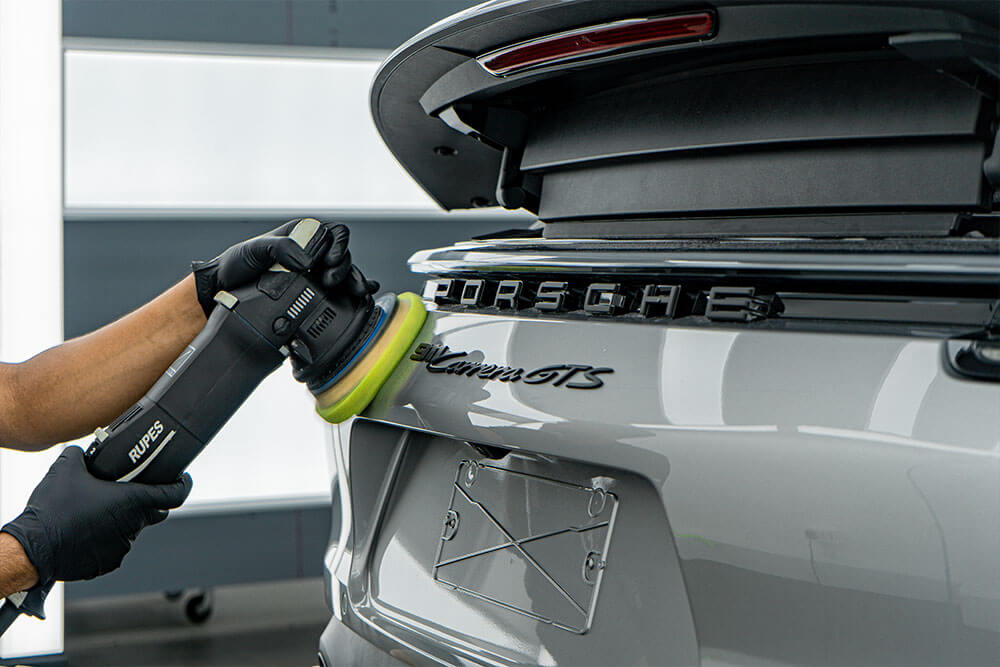
Alright, so let’s talk about this. 2025 is shaping up to be a huge year for PPF. It’s not just something you get added on later anymore—XPEL and Rivian are teaming up to make it a factory-installed thing. That’s cool and all, but let’s be honest—while it’s great for protecting the exterior, there are still some areas that need extra protection.
Supercars are built for speed, right? But that means they also have weak spots when it comes to debris. Those wide tires—they do wonders for grip, but they also pick up everything from the road and launch it at the sides of your car. The usual “front-end” PPF just won’t cut it. You need to think about targeting the right areas to protect.
Let’s break it down.
The Obvious Front Line – The “Full Front” Package
So first off, the Full Front or Track Pack is pretty much a must-have for any supercar owner. It’s your basic protection, covering the areas that get hit first by all the debris. Here’s what’s covered:
- The full front bumper
- The entire hood
- Both front fenders
- Side mirrors
- Headlights
These are the parts of the car that always get hit by stuff like stone chips and gravel. If you’re in a place like PPF Dubai, leaving these spots exposed is just asking for paint damage. The Full Front coverage is your first line of defense, covering the most vulnerable areas of your car.
The Aerodynamic Impact Zone: Rocker Panels and Lower Doors
Now here’s where things get interesting. Supercars are designed to slice through the air, but that design also leaves them open to certain vulnerabilities. The wide tires that make your car so fast also grab everything off the road and fling it at the sides of your vehicle.
And it’s not random. The rocker panels (underneath the doors) and the leading edges of the rear fenders are the areas that take the most hits. If you leave these parts unprotected, you’ll end up with road rash—those tiny impacts that ruin the finish and cost a lot to fix.
That’s why adding protection to the rocker panels is such a smart move. It’s usually part of a Track Pack, and trust me, if you’re driving fast in a place like Dubai, this protection is essential.
The Airflow Casualties: A-Pillars and Roof Line
Here’s another area most people miss. Supercars are designed to cut through the air with as little drag as possible. But that sleek windshield and low roofline also create a couple of hidden weak spots. When you’re driving at speed, the air is directed up and over your car, carrying debris that can land on the A-pillars (the sides of your windshield) and the leading edge of the roof.
It’s not an everyday occurrence, but when a stone chip does hit, it’s hard to ignore. A chip on the A-pillar or roofline ruins the smooth lines of your car’s design. So yeah, it’s important to extend your PPF coverage to these spots. Protecting these airflow casualties is a smart move for a full, 360-degree protection plan.
The Verdict: Building Your Custom Armor
Now, what’s the right decision for your supercar? Partial PPF or full wrap? Well, it’s all about how much risk you’re willing to accept and how much peace of mind you want.
Full Wrap: The Ultimate Peace of Mind
If you want absolute protection, a full wrap is the way to go. This will cover every painted surface on your car, so you don’t have to worry about anything—scratches, chips, or anything else. It’s the ultimate solution for keeping your car looking brand new and safe from all the debris that comes its way.
Partial Wrap: The Strategic Defense
If you’re not ready for a full wrap, a partial wrap still does the job—just in a more strategic way. A good partial wrap includes the full front, rocker panels, A-pillars, and roofline, protecting the areas that matter most. You’re getting over 90% of the protection you need without going all out. It’s a cost-effective approach that still covers the most vulnerable parts of your car.
Final Thoughts:
So here’s the deal: you don’t have to cover every single panel to get the protection you need. A full wrap is great for total peace of mind, but a strategic partial wrap can still give you excellent protection in the right places.
The most important thing is to customize your PPF plan based on the design of your supercar and the conditions you’ll be driving in. Talk to your installer, get some advice about specific impact zones, and make sure your protection plan fits your needs.


